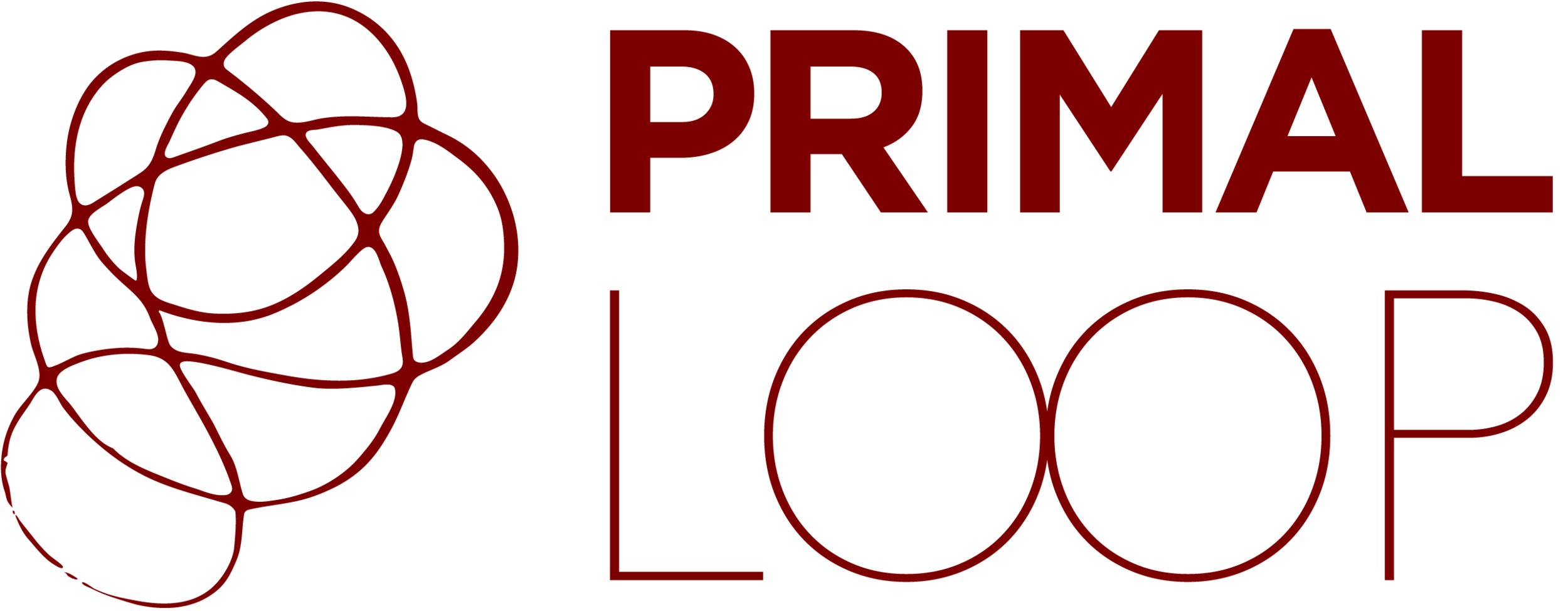Design and Research Insights from a Million Data Points
Recently I had a great conversation with a friend who is a VP of Data Science. We reflected on the opportunities that exist at the intersection of user experience and data science—and also discussed the possibility of one day creating a super-department that practices design thinking with information derived from terabytes of data.
There are certain sample size limitations that exist in design research. However, data science allows us to see beyond the qualitative assessments and deftly exposes the needs of users through millions of data points expressed simply and coherently.
Using research insights to leverage intuition
Data gives us the ability to go beyond human intuition. We are past the days when data was only used reactively to a scenario, and are moving toward widespread proactive decision making based on collected data. We’re seizing the initiative in a very profound way.
The first step toward a UX/data science marriage is developing an understanding between human behavior and the technology we have at hand.
For example, in a grocery store a designer can observe how a shopper evaluates and buys apples. We can observe whether or not the customer places the apple in a bag. We can see what quantity of apples a customer buys and which apple types are most popular.
Data science, however, does not just deliver factual numbers on customer preference—it goes a step further and may be able to predict what happens next, such as when sales may spike for a particular kind of apple. In fact, data science could even apply a weather pattern layer to forecast conditions that drive apple markets up, use satellite imaging to determine crop patterns, or identify an economic crisis that affects the price of imported apples.
By integrating industry-leading research insights and human-centered design concepts, we can predict future behavior, make recommendations to users, and generate projections within a specific degree of confidence.
There is nothing more rewarding than deploying a design strategy based on strong quantitative and qualitative research. Millions of data points + design intuition = satisfied end customers.



